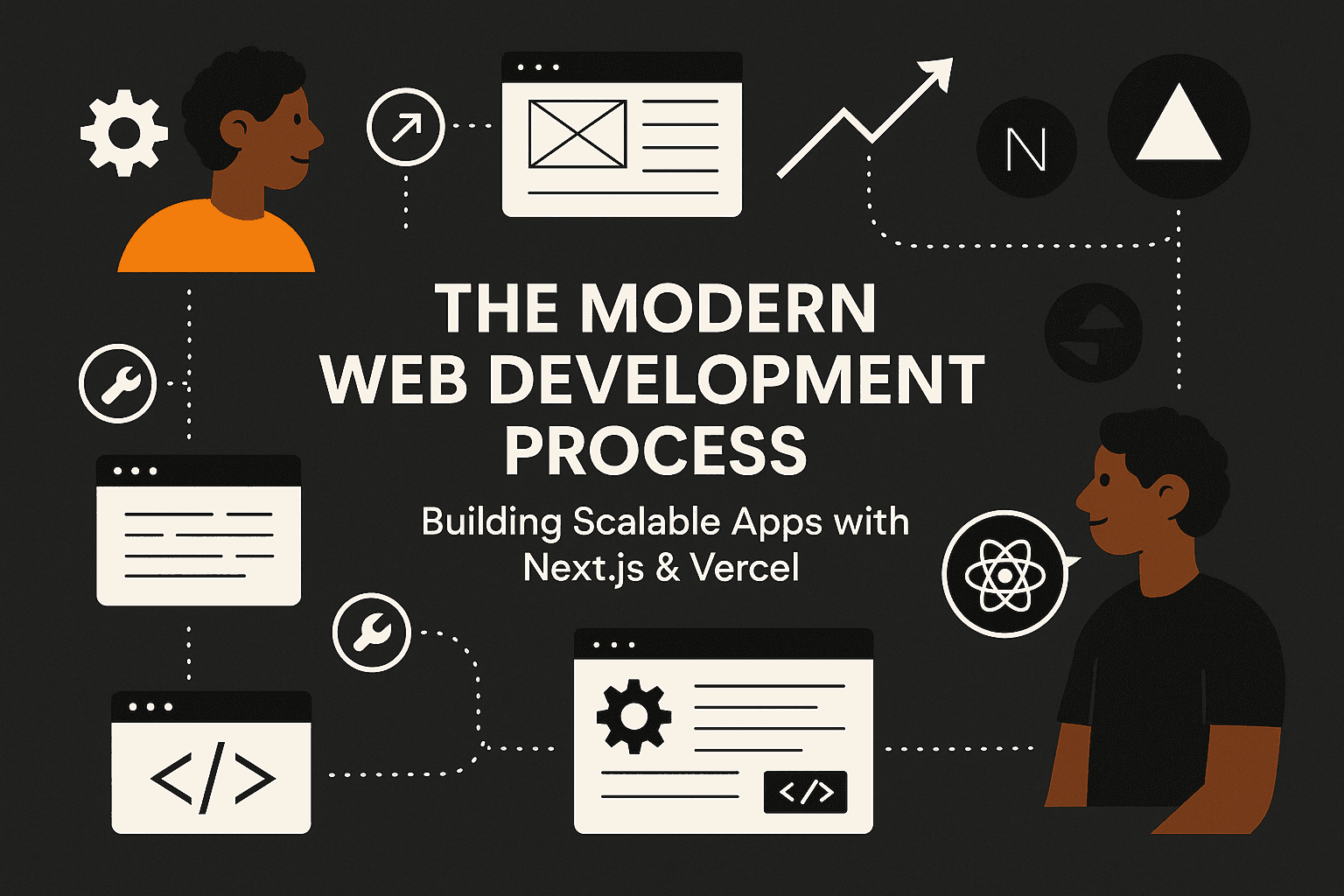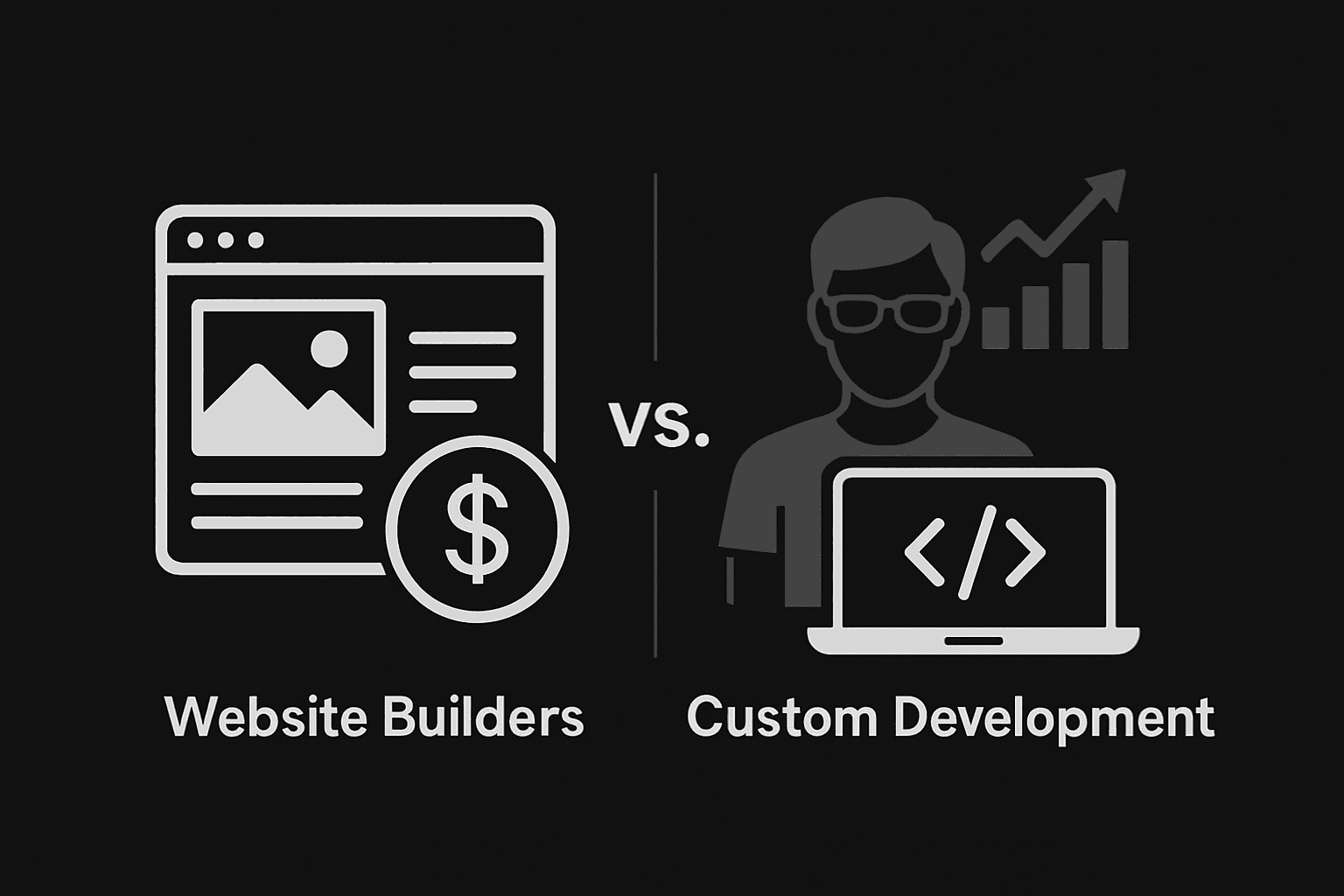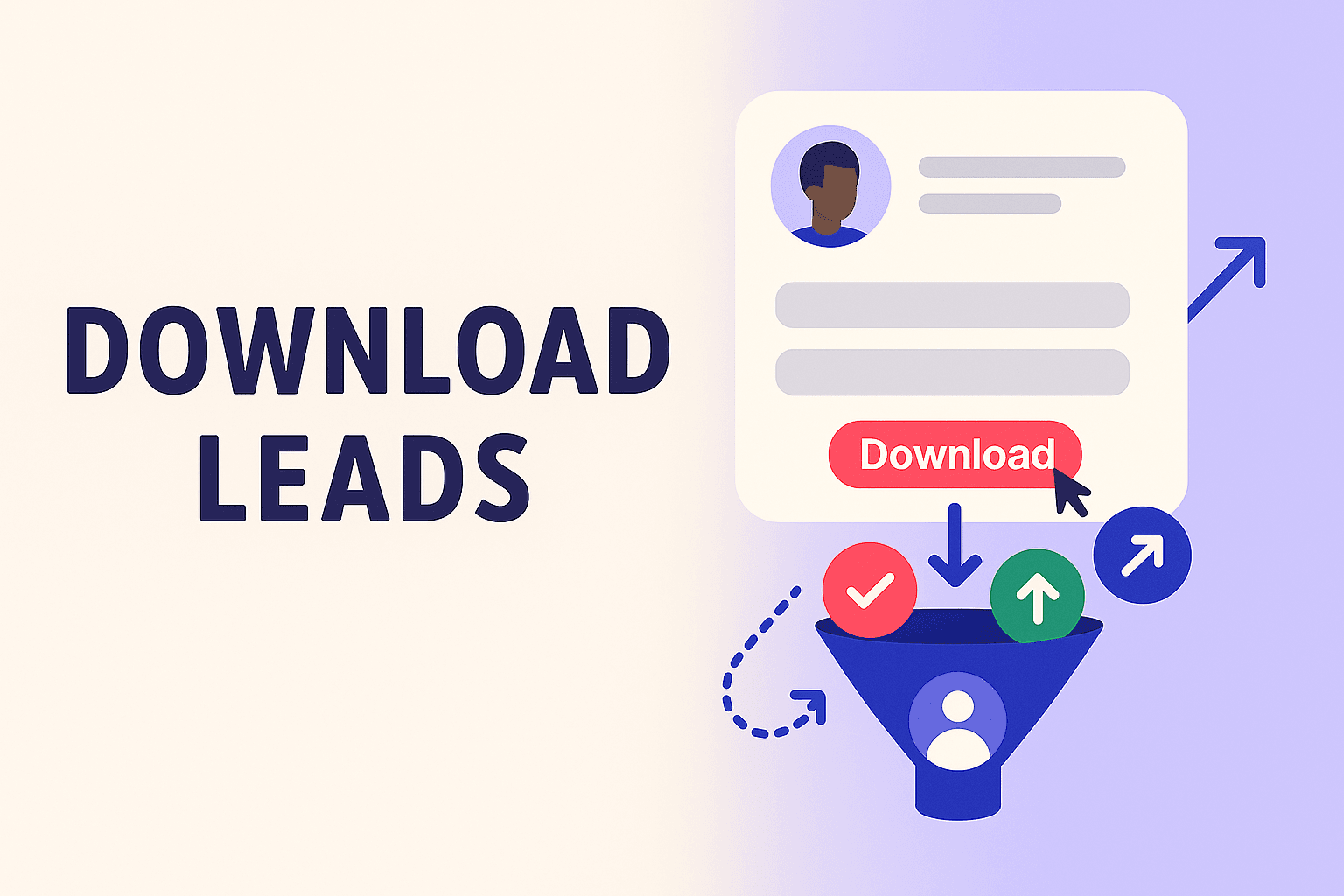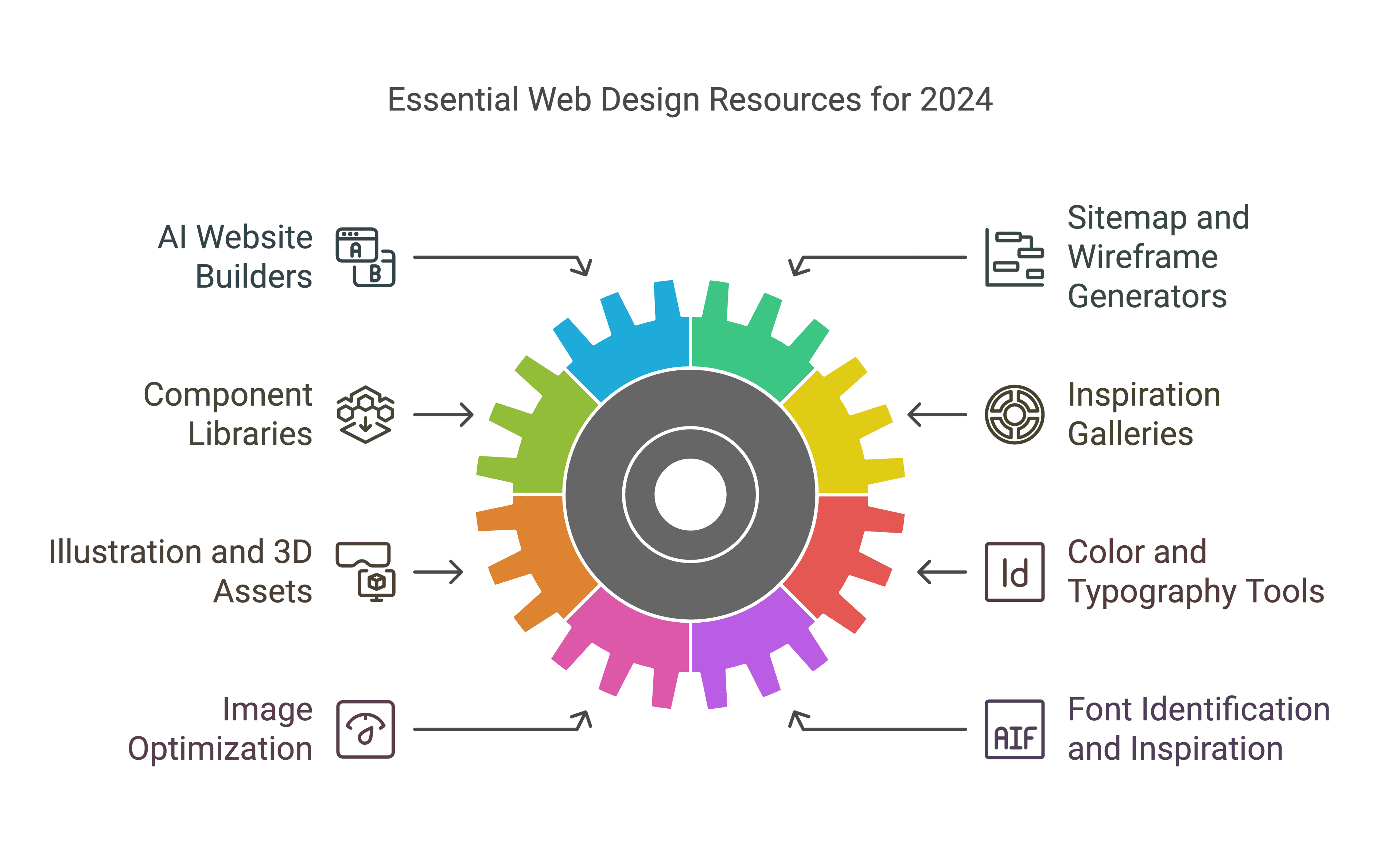
Ken Kariuki
Shiftpulse Marketers
The ShiftPulse Blueprint: From Clicks to Customers: Conversion-Focused Website Design in Kenya

TL;DR: Conversion-focused website design is crucial for Kenyan businesses in 2025, ensuring mobile responsiveness, clear CTAs, simplified navigation, and legal compliance. Success requires strategic placement of forms, engaging content, and localized payment integration
In today's digital age, a website is often the first point of contact between a business and its potential customers. For Kenyan businesses, having a website that not only attracts visitors but also converts them into paying customers is crucial for success. A well-structured website with a focus on conversion can effectively encourage visitors to take desired actions, such as making a purchase or contacting the business. This article presents the ShiftPulse Blueprint, a comprehensive guide to conversion-focused website design specifically tailored for the Kenyan market. By understanding the unique characteristics of Kenyan internet users and implementing key design principles, businesses can significantly enhance their online presence and drive revenue growth.
Legal Requirements for Website Design in Kenya
Before delving into the design specifics, it's crucial to understand the legal framework surrounding website development in Kenya. This includes adhering to data protection laws, such as the Data Protection Act 2019, to protect user data2. This involves obtaining explicit consent from users before collecting any personal data and being transparent about how this data will be used. Websites must also provide a clear and accessible privacy policy that outlines their data protection practices3.
For e-commerce websites, compliance with the E-commerce Act is essential, particularly regarding secure payment options and consumer protection regulations2. Ensuring secure transactions and safeguarding customer information are crucial for building trust and credibility.
Understanding the Kenyan Digital Landscape
Kenya boasts a rapidly growing digital landscape, with internet penetration rates steadily increasing. However, certain nuances within this landscape must be considered when designing websites for Kenyan audiences.
A key characteristic of the Kenyan digital landscape is the dominance of mobile phone usage for internet access. With 93.5% of households owning at least one mobile phone mobile responsiveness is paramount in website design. Websites must be optimized to provide a seamless and user-friendly experience across various devices, including smartphones and tablets.
Furthermore, research indicates a significant gender gap in internet usage, with males exhibiting higher internet usage rates than females. This disparity underscores the need to consider gender-specific preferences and design elements that cater to a diverse audience.
Another important insight is that a considerable portion of the Kenyan population relies on borrowed or shared mobile phones for internet access. This highlights the need for simple and intuitive website interfaces that can be easily used by multiple people with varying levels of digital literacy.
Kenyan internet users, particularly the youth, are highly engaged online. Websites can leverage this engagement to drive conversions by incorporating interactive elements, social media integration, and content that resonates with this demographic.
It's also important to acknowledge the varying levels of media literacy and critical thinking skills among Kenyan internet users. Website design should address this by providing clear, concise, and accessible information, avoiding jargon or complex language that could confuse or mislead users.
Simplifying User Choices
Hick's Law states that the more choices people are presented with, the longer it takes for them to make a decision8. In the context of website design, this means that minimizing choices and simplifying the user experience can lead to improved conversion rates.
A cluttered website with numerous calls-to-action, complex navigation menus, and overwhelming amounts of information can deter users and increase bounce rates. By streamlining the user interface and focusing on essential elements, websites can guide visitors towards desired actions more effectively.
This can be achieved by:
- Reducing the number of call-to-action buttons: Prioritize the most important actions and minimize distractions.
- Simplifying navigation menus: Use clear and concise labels and organize menus in a logical manner.
- Using whitespace effectively: Create a clean and uncluttered layout that allows users to focus on key elements.
- Breaking down complex information: Use headings, subheadings, bullet points, and visuals to make information more digestible.
Clear Calls-to-Action (CTAs) that Convert
A call-to-action (CTA) is a crucial element in website design, prompting users to take a desired action, such as making a purchase or filling out a form. To maximize conversion rates, CTAs must be strategically designed and placed to resonate with Kenyan users.
Writing Persuasive CTA Copy
The language used in CTAs should be clear, concise, and action-oriented9. Employ strong verbs that encourage immediate responses and address user emotions to create a connection and drive engagement9. For example, instead of a generic "Submit" button, consider using "Get Started Now" or "Claim Your Discount."
Strategic Placement of CTAs
Positioning CTAs in high-visibility areas, such as above the fold or at the end of compelling content, can significantly increase their effectiveness9. Users are more likely to notice and engage with CTAs that are prominently displayed and easily accessible.
Design and Visual Appeal
The design of CTAs should be visually appealing and stand out from the surrounding content6. Using contrasting colors, clear typography, and whitespace can make CTAs more prominent and encourage clicks.
Visual Hierarchy
Applying visual hierarchy is essential for guiding users towards key actions and improving conversion rates9. By strategically using size, color, and placement, important elements like CTAs can be emphasized, making them stand out and reducing cart abandonment.
Strategic Placement of Forms & Lead Capture
Forms are essential for capturing leads and gathering valuable customer information. However, intrusive or poorly designed forms can deter users and negatively impact conversion rates.
Optimizing Form Design
Forms should be kept as short and simple as possible, requesting only essential information. This minimizes user effort and reduces the likelihood of form abandonment. Clear instructions and labels should be provided for each field, ensuring a smooth and user-friendly experience.
Reducing Friction
Minimizing friction in the user experience is crucial for improving conversions. This includes streamlining the form submission process, reducing the number of steps required, and ensuring that forms are easy to navigate and understand.
Strategic Placement
Forms should be strategically placed within the website's layout to maximize visibility without disrupting the user experience. Consider placing forms near relevant content or at the end of a compelling call-to-action.
Providing Incentives
Offering incentives, such as discounts or exclusive content, can encourage users to complete forms and provide their information. Clearly communicate the value proposition of submitting the form to motivate users.
Building Trust & Credibility Online (Especially in Kenya)
Trust is a crucial factor in online interactions, especially in the Kenyan market. Users need to feel confident that a website is legitimate and secure before making a purchase or sharing personal information.
Utilizing Trust Signals
Incorporating trust signals, such as customer testimonials, security badges, and local references, can significantly enhance a website's credibility. Displaying these signals prominently reassures Kenyan visitors and builds trust in the brand.
Secure Website Indicators
Displaying secure website indicators, such as the padlock symbol in the address bar and "https" in the URL, is crucial for building trust with Kenyan users. These indicators signal that the website is secure and that user data is protected.
Google Pay as a Trust Signal
Integrating Google Pay as a payment option can also serve as a trust signal for Kenyan users. It indicates that the business is modern, secure, and customer-focused, enhancing credibility and encouraging online transactions.
High-Quality Visuals
Using professional images and videos can convey credibility and engage users. Avoid using generic or low-quality visuals, as they can undermine the website's professionalism.
Secure Payment Gateways
For e-commerce websites, offering secure payment gateways is essential for protecting customer credit card information and preventing fraudulent transactions. Displaying security badges and using trusted payment providers can instill confidence in users and encourage online purchases.
Optimizing Landing Pages for Specific Campaigns
Landing pages are dedicated web pages designed to drive targeted conversions from specific marketing campaigns. They play a crucial role in capturing leads and guiding users towards a desired action.
Aligning with Marketing Campaigns
Landing pages should be closely aligned with the messaging and goals of the marketing campaigns they support. This ensures consistency and reinforces the value proposition presented in the campaign.
Clear and Concise Content
Landing pages should have clear and concise content that focuses on the specific offer or call-to-action. Avoid cluttering the page with unnecessary information or distractions.
Compelling Visuals
Use high-quality visuals that are relevant to the campaign and capture the user's attention. Images and videos can effectively communicate the value proposition and encourage conversions.
Attractiveness and Functionality
Landing pages need to be both visually appealing and functional to generate conversions. An attractive design captures the user's attention, while flawless functionality ensures a smooth and user-friendly experience.
Website Performance Optimization
Page load speed is a crucial factor in conversion rate optimization. A slow website can deter potential customers and lead to higher bounce rates. Optimizing page load speed can be achieved by:
- Optimizing images: Compress images to reduce file size without compromising quality.
- Leveraging browser caching: Store website data in the user's browser to reduce loading times on subsequent visits.
- Minimizing CSS and JavaScript files: Reduce the size and number of these files to improve page load speed.
A/B Testing for Kenyan Audiences
A/B testing is a crucial technique for optimizing website design and improving conversion rates. It involves comparing two versions of a web page or element to determine which performs better.
Importance of a Clear Hypothesis
Before conducting A/B testing, it's essential to have a clear hypothesis. A well-defined hypothesis helps focus the testing process, ensures that the results are meaningful, and allows for data-driven decision-making.
Identifying Key Elements to Test
Start by identifying key elements on your website that can be tested, such as headlines, CTAs, images, and forms. Focus on elements that are likely to have a significant impact on user behavior and conversion rates.
Implementing A/B Testing Tools
Utilize A/B testing tools to create variations of your web pages and track user interactions. These tools provide valuable data on which version performs better in terms of conversions or desired actions.
Analyzing Results and Making Adjustments
Continuously monitor the results of your A/B tests and analyze the data to determine the best-performing design. Make informed adjustments based on user behavior and continue refining your website for improved conversions.
A/B Testing Strategies for Kenyan Audiences
Consider the following A/B testing strategies specifically for Kenyan audiences:
- Test different CTA variations: Experiment with different wording, colors, and placements to see what resonates best with Kenyan users.
- Test different landing page designs: Compare different layouts, visuals, and content to optimize for conversions.
- Test different form lengths and fields: Find the optimal balance between gathering necessary information and minimizing user effort.
- Test different mobile experiences: Optimize for different screen sizes and mobile devices to ensure a seamless user experience.
Case Studies: Kenyan Websites that Convert
Examining real-world examples of successful Kenyan websites can provide valuable insights into effective conversion-focused design.
One such example is fortitiude living homes, Kenya's best real providers agents focusing . Their website focuses on user experience, with a clean and intuitive design, clear calls-to-action, and easy navigation. This has contributed to their success in converting visitors into customers.
Another case study is southfront.co.ke, a Kenyan company offering real estate services. They redesigned their website with a focus on mobile optimization and user engagement, resulting in a significant increase in mobile traffic and lead conversion rates.
These case studies demonstrate the importance of key elements of the ShiftPulse Blueprint, such as mobile responsiveness, user-friendly design, and clear calls-to-action, in driving conversions for Kenyan businesses.
Conclusion
The ShiftPulse Blueprint provides a comprehensive framework for designing websites that effectively convert visitors into customers in the Kenyan market. By understanding the unique characteristics of the Kenyan digital landscape, such as the dominance of mobile phone usage, the gender gap in internet access, and the varying levels of media literacy, businesses can tailor their website design to resonate with their target audience.
Key elements of the blueprint include:
- Complying with legal requirements: Adhering to data protection laws and e-commerce regulations is crucial for building trust and credibility.
- Simplifying user choices: Minimizing choices and streamlining the user experience can improve conversion rates.
- Creating clear calls-to-action: Using persuasive language, strategic placement, and visual hierarchy can encourage users to take desired actions.
- Optimizing forms for lead capture: Keeping forms short, reducing friction, and providing incentives can improve form completion rates.
- Building trust and credibility: Utilizing trust signals, secure website indicators, and high-quality visuals can enhance user confidence.
- Optimizing landing pages: Aligning with marketing campaigns, using clear and concise content, and incorporating compelling visuals can drive targeted conversions.
- Optimizing website performance: Improving page load speed can enhance user experience and reduce bounce rates.
- Conducting A/B testing: Testing different website elements with a clear hypothesis can help optimize for conversions.
By implementing the ShiftPulse Blueprint, Kenyan businesses can create a strong online presence, attract more customers, and achieve their business goals.














